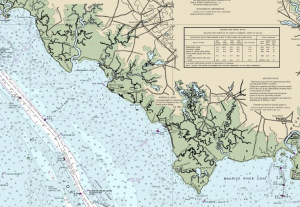I’m not quite among those who are building bunkers1 for the coming apocalypse. But I am among those who plan for everything short of that: severe weather events, extended power outages, data loss, communication system outages, looting/rioting/lawlessness, trauma-induced cognitive or memory loss, and now: a breakdown of the food and energy supply. Yes, I think that a breakdown of our modern society’s essential support systems are a real and increasing risk.
These are not pleasant topics to consider. Each involves likely difficult choices, pain and suffering. Yet we can easily see why it is important to plan for even the most unpleasant risks.
Some of the disaster planning is simple ‘textbook’:
- Emergency kits
- Redundancy of all essential equipment
- Power generators
- Hand cranking power generators and radio
- Stabilized fuel
- Emergency food and water supply
- Medicines including antibiotics and pain control
Other aspects are not so simple:
- heating and cooling in the absence of public power supply
- Independent long term food generation capacity
- Clean long term water supply in the absence of public utilities
- Physical safety in the absence of policing
- Independence from public electric or fuel-based systems
Those of us with rural food production facilities may have an advantage in starting point but perhaps not in the ability to keep this advantage.
Land based facilities like a greenhouse as well as water based facilities (like an aquaculture site) are included in this new level of disaster planning. Our most recent preparations focus on the ability to isolate and sustain ourselves at a waterfront environment, including living on a boat for an extended time if necessary. Going forward, I expect that a significant effort will be placed on food and water independence on a larger and longer term basis.
In the end, it will be wonderful if all of this disaster planning effort turns out to be a waste of time and money.

1 We are aware of several such ‘bunker’ type facilities in our immediate South Jersey geographic region characterized by low visibility to the public, strong physical barriers to entry, and accessible only by an elite few. That does not describe our facilities.
